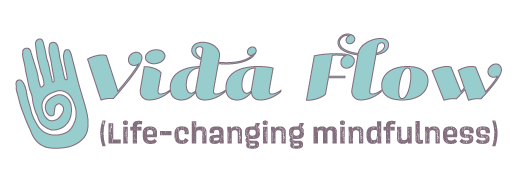Mindfulness Meditation and Yoga Research
A myriad of studies demonstrate that implementing mindfulness and yoga into your life could potentially change your entire existence.
Over the past 20 years, there’s been a rapid rise in scientific research in yoga and mindfulness meditation.
A number of studies, including this one by Harvard Medical School, have found a correlation between meditation and a decrease in stress, and even biological changes in the brain, in addition to many other benefits.
A 2018 study in the Journal of Occupational Health Psychology found that daily mindfulness training, like meditation, can improve productivity, job satisfaction, work-life balance, and reduce stress.
Yoga Australia continues to keep informed of the latest research regarding yoga benefits and has compiled a representative list of some of the areas of research undertaken in the past few years.
Polyvagal theory, Yoga and Meditation
Polyvagal Theory is a theory that describes how the nervous system affects our emotional states and viceversa.
The theory centres around the role of the vagus nerve*, a cranial nerve that plays a role in emotional regulation, social connection, and threat detection.
Many inner explorers, including Stephen Porges, PhD, developer of polyvagal theory, note how yoga uses breath and movement, which are within our conscious control, to influence the dance between the two major branches of the autonomic nervous system: the parasympathetic, “rest-and-digest” branch and the sympathetic, “energize-and-act” branch to achieve inner balance. The inner balance generated through this process has major implications for an individual’s physical, emotional, cognitive, and social well-being.
By integrating trauma-informed yoga and meditation into our lives, we can lead ourselves into sustained states of inner peace and connection with others.
*The vagus nerve is the longest cranial nerve in the body, extending from the brainstem to the gut. Among other functions, it sends sensory information from the body’s organs to the brain and supports parasympathetic nervous system activity.

Dr. Stephen Porges: What is the Polyvagal Theory
Stress and trauma affect the nervous system
A traumatic event is an incident that causes physical, emotional, spiritual, or psychological harm.
It used to be thought that trauma could be expected or defined by the nature of particular situations or events, such as car accidents or assault. However, it is now understood that each person responds uniquely to the things that happen to them.
According to leading trauma expert Dr. Stephen Porges, a key way to heal trauma is through strengthening vagus nerve. The vagus nerve is the dominant nerve of the parasympathetic nervous system, and it runs from the brainstem throughout the body.
Common causes of trauma
Trauma symptoms can be caused by a single event, a series of events or by being exposed to a distressing or unsafe environment over a period of time.
Some causes include physical pain or injury (e.g. severe car accident), serious illness/ disability, accidents, assault, childhood abuse and neglect, natural disasters, bullying, witnessing a death, rape and sexual abuse, domestic violence, military service, witnessing violence, terrorism, relocation and religious/racial/cultural abuse among others.
Common symptoms of trauma
Feeling like you are stuck in ‘overdrive’, anger, irritability and agitation, aches and pains, fatigue, insomnia or nightmares, confusion and difficulty concentrating, avoiding reminders or triggers, numbness and feeling disconnected from yourself and others, emotional overwhelm, being startled easily, withdrawing from others as well as difficulty trusting, anxiety and fear and feelings of sadness, hopelessness and despair.
"Neuroscience research shows that the only way we can change the way we feel is by becoming aware of our inner experience and learning to befriend what is going on within ourselves”.
Bessel van der Kolk

